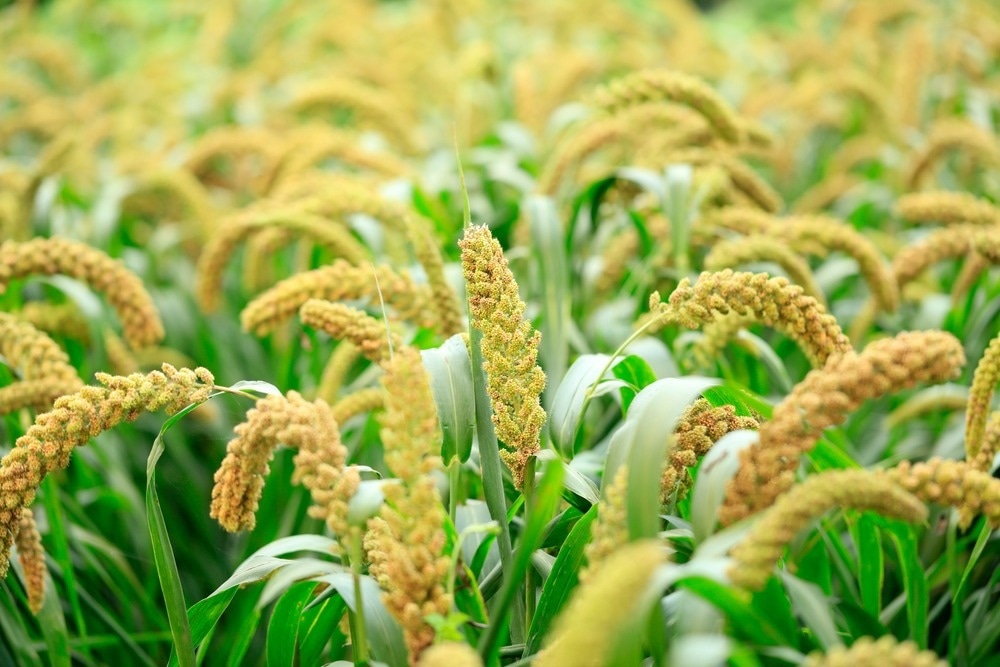According to a recent study released in Nature on June 14th, 2023, scientists from the University of California, Davis, and an international team of researchers utilized the genome-editing tool CRISPR-Cas to generate disease-resistant rice plants.

Image Credit: zhengzaishuru/Shutterstock.com
The newly generated rice variety, created by genome editing of a newly found gene, demonstrated high yields and resistance to the fungus that causes a fatal disease known as rice blast, according to small-scale field tests conducted in China. The majority of the world’s population is fed by the crucial crop known as rice.
Lesion mimic mutants were first found by Guotian Li, a co-lead author of the study, while she was a postdoctoral researcher in Pamela Ronald’s group at UC Davis. Ronald is a co-lead author of the study and a distinguished professor in the Department of Plant Pathology and the Genome Center.
It is quite a step forward that his team was able to improve this gene, making it potentially useful for farmers. That makes it important.”
Pamela Ronald, Study Co-Lead Author and Distinguished Professor, Department of Plant Pathology, University of California, Davis
The discovery’s foundations were laid in Ronald’s lab, where 3,200 unique rice strains with various mutations were developed and sequenced. Guotian recognized one of these strains by the dark patches on its leaves.
Ronald added, “He found that the strain was also resistant to bacterial infection, but it was extremely small and low yielding. These types of ‘lesion mimic’ mutants have been found before but only in a few cases have they been useful to farmers because of the low yield.”
Working with CRISPR
After enrolling at Huazhong Agricultural University in Wuhan, China, Guotian continued his research there.
His team identified a line that had a high yield and was resistant to three different pathogens, including the fungus that causes rice blast, using sequencing and other techniques to isolate the gene related to the mutation and using CRISPR-CAS9 genome editing to recreate the resistance trait.
The novel rice plants produced five times more yield in small-scale field trials planted in disease-prone plots than the control rice, which was harmed by the fungus, according to Ronald.
“Blast is the most serious disease of plants in the world because it affects virtually all growing regions of rice and also because rice is a huge crop,” Ronald further stated.
Future Applications
The goal of the study is to reproduce this mutation in rice kinds that are widely cultivated. Currently, they have only improved this gene in a model variety named “Kitaake,” which is not cultivated widely. The same gene will also be targeted in wheat to produce disease-resistant varieties.
Ronald concluded, “A lot of these lesion mimic mutants have been discovered and sort of put aside because they have low yield. We are hoping that people can go look at some of these and see if they can edit them to get a nice balance between resistance and high yield.”
Source:
Journal reference:
Sha, G., et al. (2023). Genome editing of a rice CDP-DAG synthase confers multipathogen resistance. Nature. doi.org/10.1038/s41586-023-06205-2